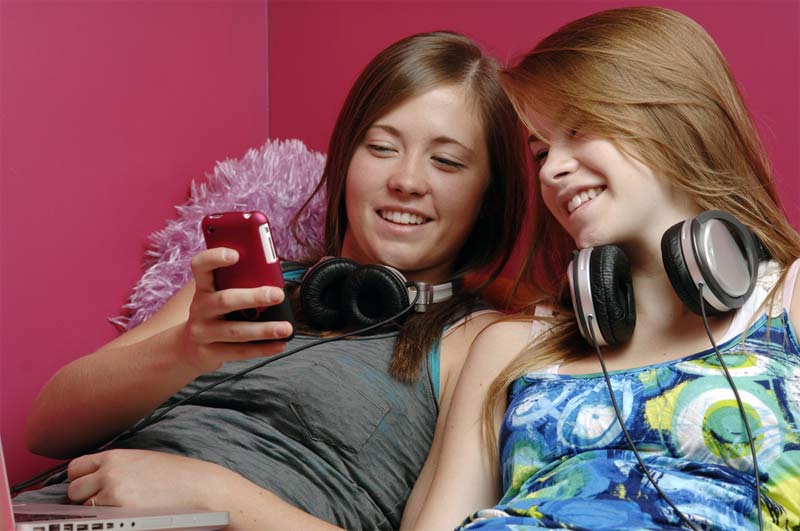Teen Sexting Still Rampant, Study Reveals

Despite knowing the consequences, many teens still send sexually explicit photos to others using their cellphones, a new study on sexting suggests.
Often defined as sending nude or seminude photos, or sexually explicit text messages, the prevalence of sexting seems to be hard to pin down, with estimates ranging from approximately 1 percent to 20 percent of kids. The discrepancies between the numbers may have to do with how researchers define sexting (some researchers include texts, while others tally just sexual images) and how they separate different age groups, among other factors.
In the new study, Donald Strassberg, of the University of Utah, and colleagues defined sexting as sending sexually explicit photos and included freshmen through seniors in high school. They surveyed 606 students from a private high school in the U.S. Southwest, asking them about their experiences sexting and their understanding of the consequences if caught. Students also indicated their views on sending sexually explicit photos over cellphones.
Nearly 20 percent of participants (18 percent of male students, 17 percent female students) reported having sent a sexually explicit image via their cellphone, with nearly twice as many saying they had received such a cellphone picture.
And while nearly 50 percent of male students had received a sext, only 31 percent of females reported the same. Of those receiving such a picture, about 25 percent said they had forwarded the sexy photo to others.
The photo wasn't necessarily one of the sender, with more than 8 percent of participants saying they had sent a sexually explicit photo that they took of someone else to a third party, with guys (11.8 percent) more likely than gals (4.5 percent) to have done so.
More than one-third of those students who indicated sexting said they were aware of serious legal and other consequences of getting caught. As expected, those who had sent a sext were more likely than peers to find sexting acceptable.
Sign up for the Live Science daily newsletter now
Get the world’s most fascinating discoveries delivered straight to your inbox.
When asked what consequences, if any, there should be if caught sexting, the most common response, given by 21 percent of participants, was "no consequence." Other relatively common responses included: removal of phone privileges (8 percent); school suspension or expulsion (4 percent); pornography charges (2 percent); jail (5 percent); sexual harassment charges (2 percent); community service (25 percent); and a fine (7 percent). [Infographic: Consequences of Teen Sexting]
Currently, sexting laws differ by state, but the researchers noted that in many states, those sending or receiving nude pictures of someone under 18 (including themselves) risk charges as serious as possession or distributing child pornography.
The authors conclude: "These results argue for educational efforts such as cellphone safety assemblies, awareness days, integration into class curriculum and teacher training, designed to raise awareness about the potential consequences of sexting among young people."
These findings are published online in the journal Archives of Sexual Behavior.
Follow LiveScience on Twitter @livescience. We're also on Facebook & Google+.
Jeanna Bryner is managing editor of Scientific American. Previously she was editor in chief of Live Science and, prior to that, an editor at Scholastic's Science World magazine. Bryner has an English degree from Salisbury University, a master's degree in biogeochemistry and environmental sciences from the University of Maryland and a graduate science journalism degree from New York University. She has worked as a biologist in Florida, where she monitored wetlands and did field surveys for endangered species, including the gorgeous Florida Scrub Jay. She also received an ocean sciences journalism fellowship from the Woods Hole Oceanographic Institution. She is a firm believer that science is for everyone and that just about everything can be viewed through the lens of science.









